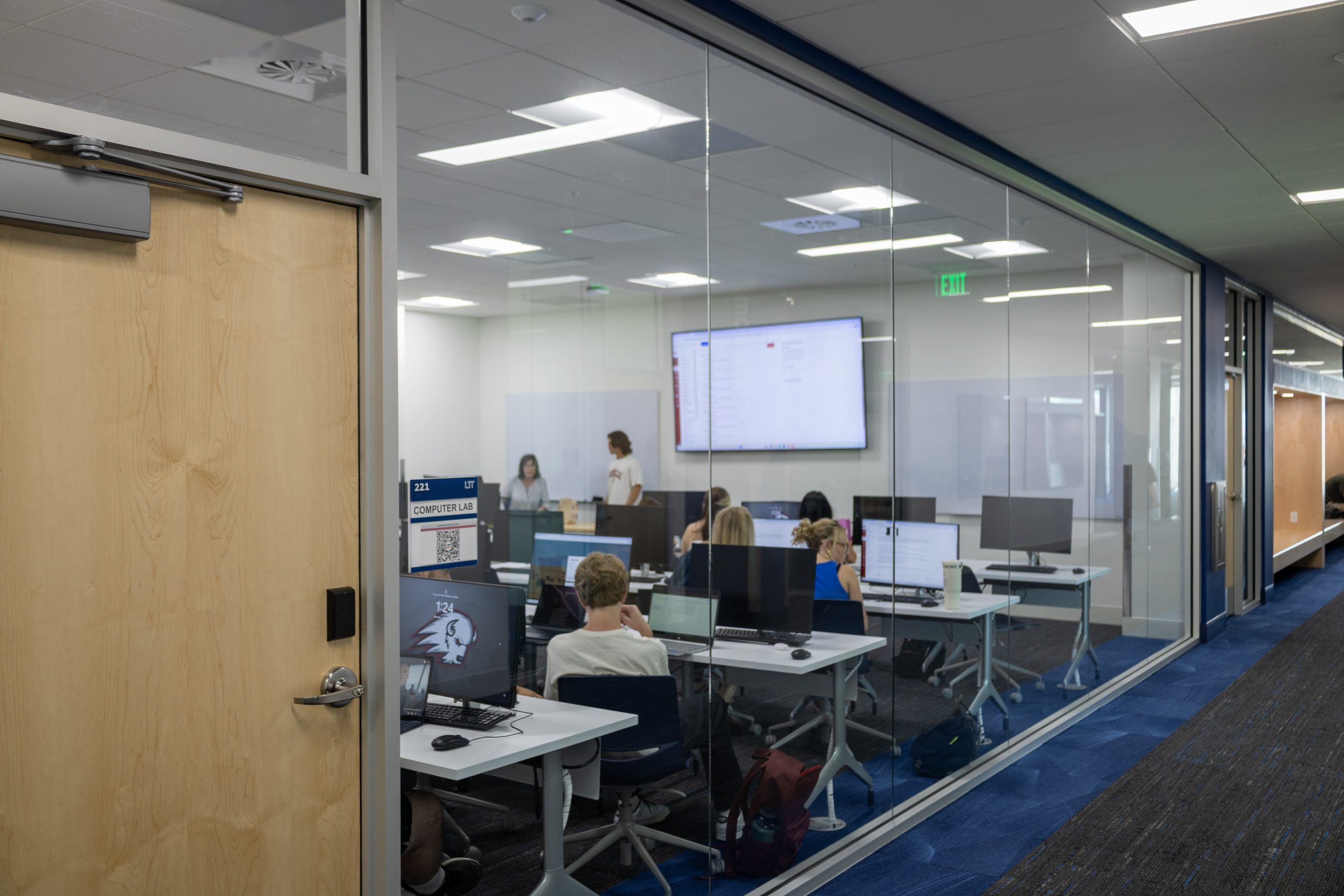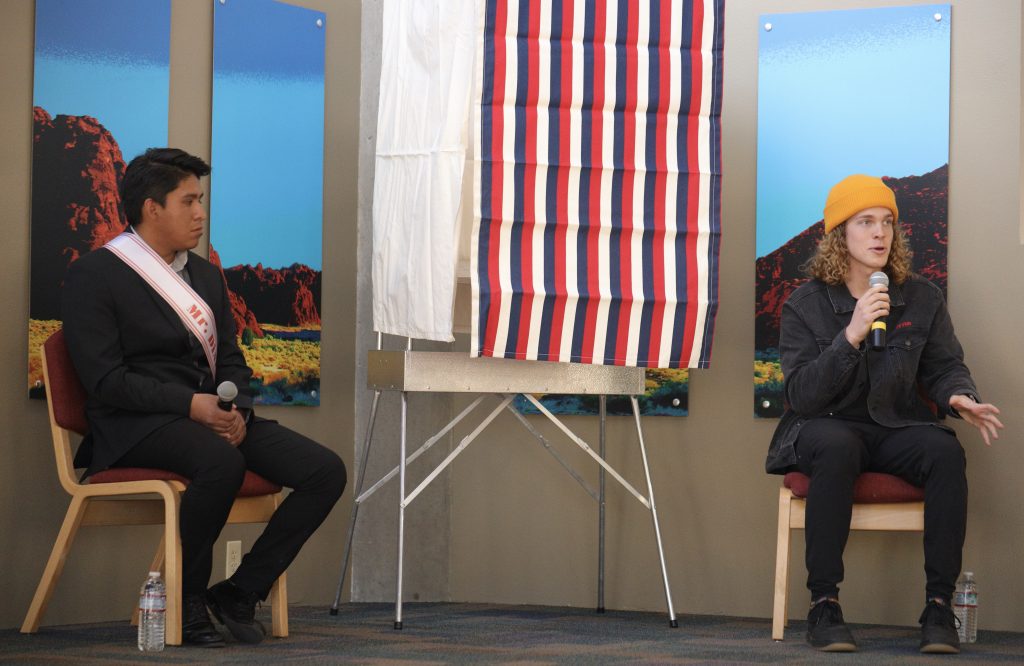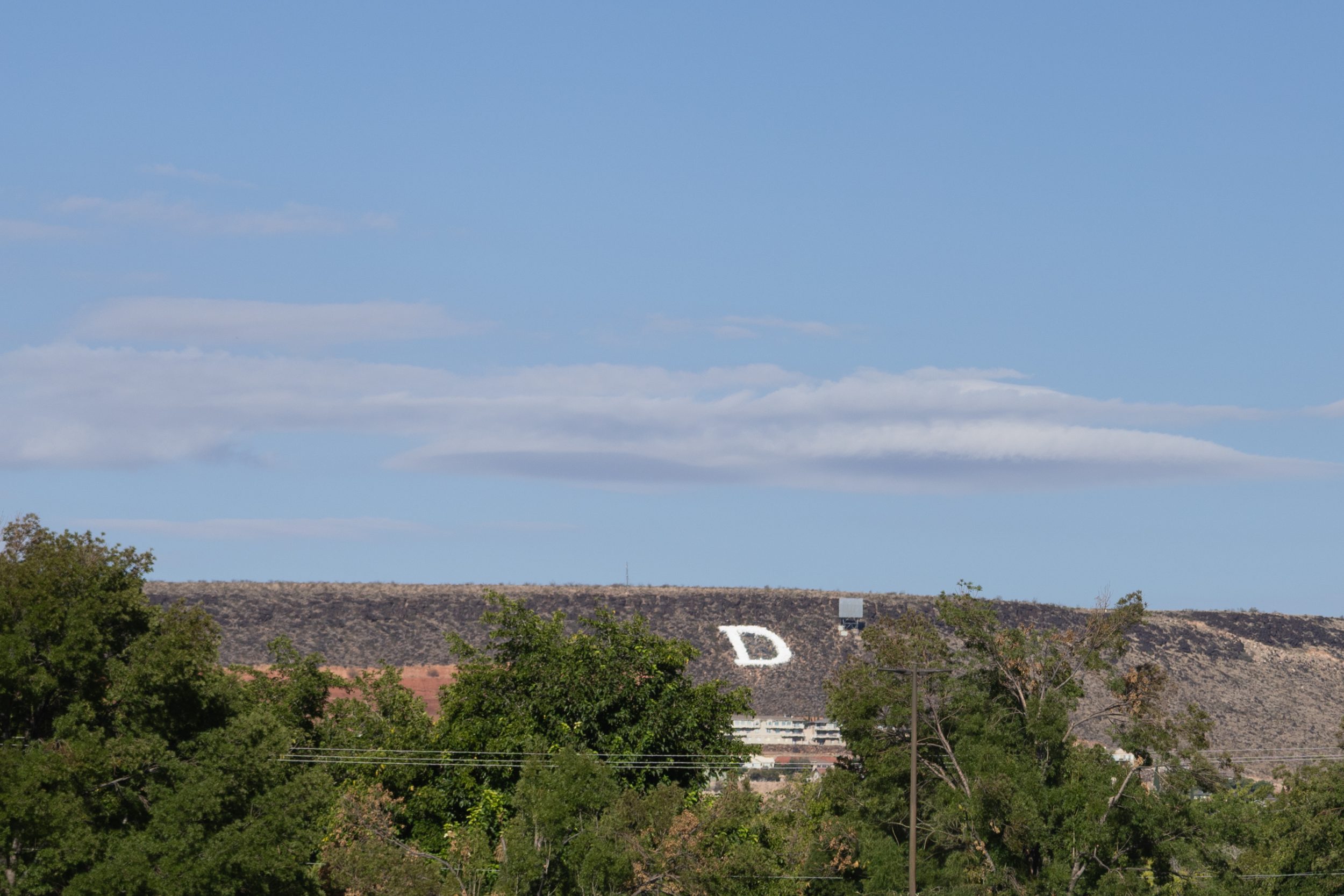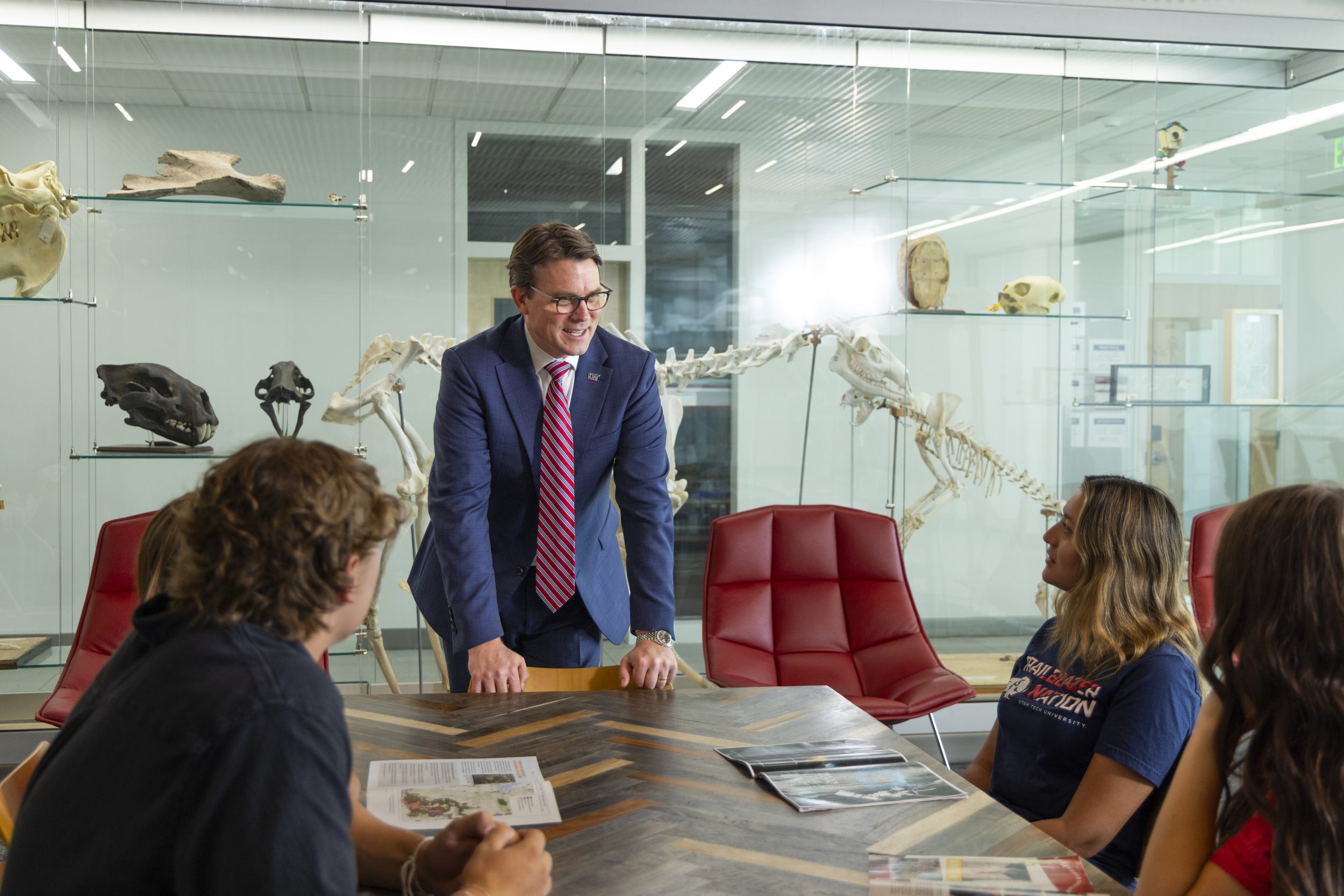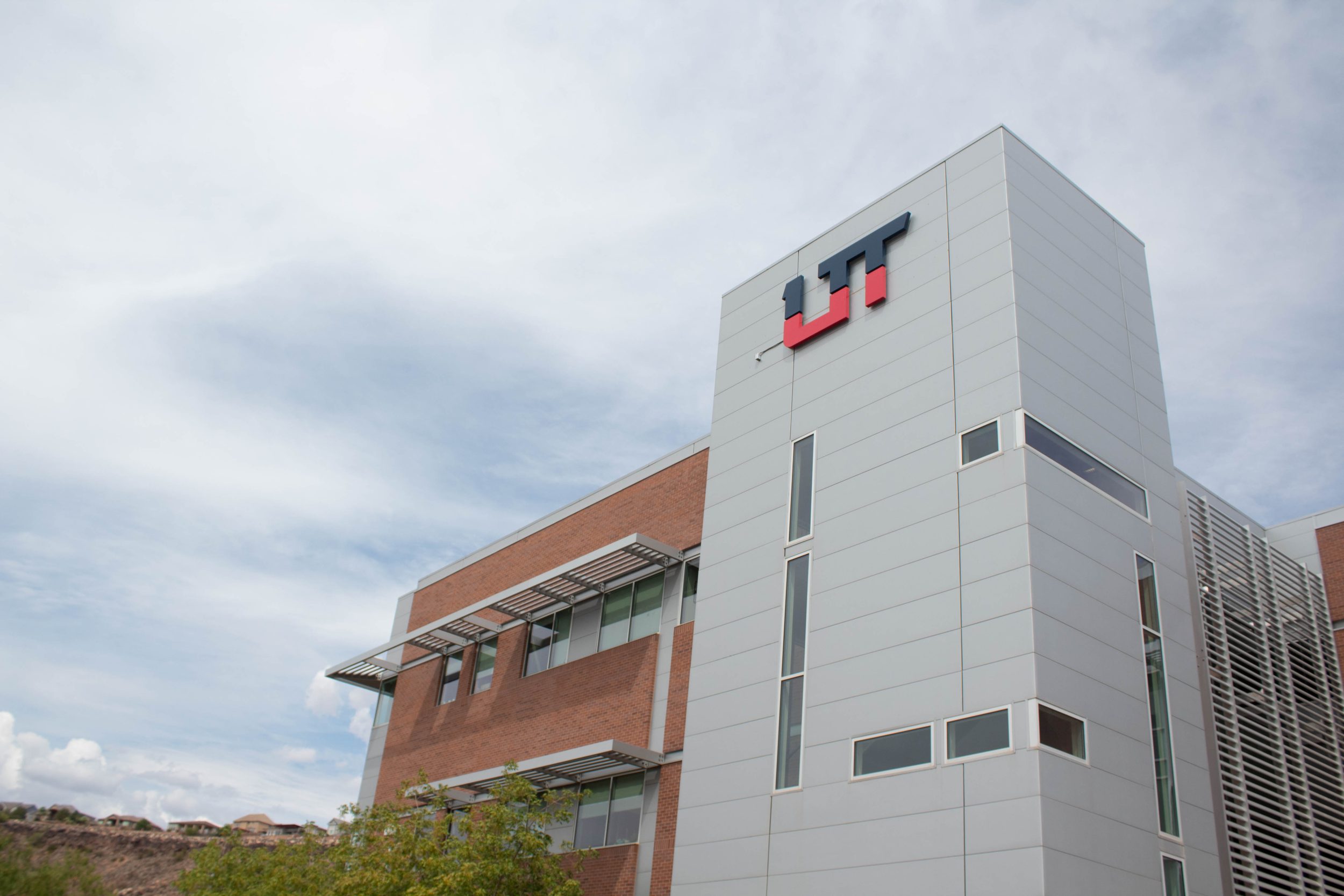Utah enacted a law May 7 allowing concealed-permit holders to openly carry firearms on public college campuses, drawing debate over safety and constitutional rights.
Before May 7, Utah law required firearms on public campuses to remain concealed, even with a permit. Now, adults 18 and older may also carry openly. This fall marks the first semester Utah campuses will operate under the new law.
Under the law, you have to have a Utah Concealed Firearm Permit, and out-of-state permits are not valid. It is also illegal to carry in secure areas that are established under Utah law where a notice is posted. Carrying a firearm without a valid permit may result in university discipline and/or a Class A misdemeanor charge under Utah Code 76-11-205.5.
This new rule is now under what people are calling “fresh scrutiny” after right-wing activist Charlie Kirk was assassinated at Utah Valley University Sept. 10.
The law raises questions at Utah Tech University about what it means for students and what safety measures are being taken.
Wes LiCalzi, chief of police at Utah Tech, said officers will now verify permits for anyone carrying firearms on campus, which requires a state-issued concealed carry permit. The police ask and expect individuals to follow the law, and they will pursue criminal charges or disciplinary action against those who refuse.
He said the department is reviewing procedures to ensure offices are prepared to verify permits for both concealed and open carry in line with state law.
The university uses multiple emergency communication systems, including myUT alerts, campus devices, phone and email notifications, and coordination with local services. Students can update their contact information at safety.utahtech.edu.
“Our department is committed to balancing campus safety with individuals’ legal rights under state law,” LiCalzi said. “We are monitoring how this change affects campus operations and will continue to work with our community to address any concerns while maintaining compliance with state law.”
Students on campus express their thoughts and concerns about this new law.
Lowell Saign, a junior management major from Teasdale, said he wouldn’t carry a firearm on campus, but if it makes people feel safe, he’s all for it.
“My only concern is people who might not be in the best place mentally, probably shouldn’t have a firearm, especially around other people,” Saign said.
Jackelynn Russell, a senior digital media major from Roosevelt, said it bothers her that people can openly carry firearms because it is unnecessary and doesn’t serve a purpose.
Russell said, “I think this new law is going to cause more chaos than good, especially with the political climate of the country.”
Faculty, staff and students are encouraged to review emergency procedures. In an emergency, call 911. For non-emergencies, contact campus police at 435-627-4300 (24/7), 435-652-7515 (business hours), or through the myUT app.
LiCalzi said: “We understand this change may cause concern for some community members. Students should know that all individuals carrying firearms on campus are required to have valid permits and follow state law. Students with specific concerns are encouraged to contact our department or campus counseling services for support.”






